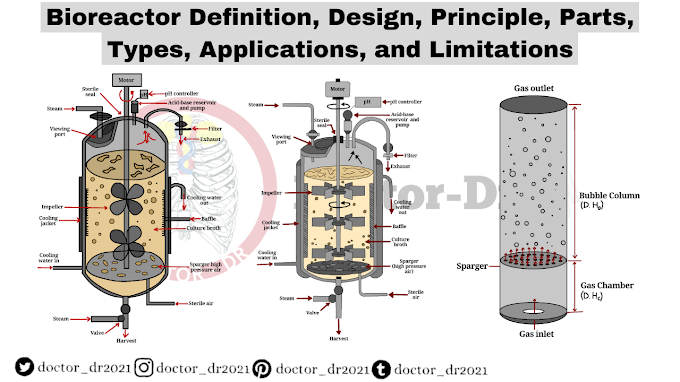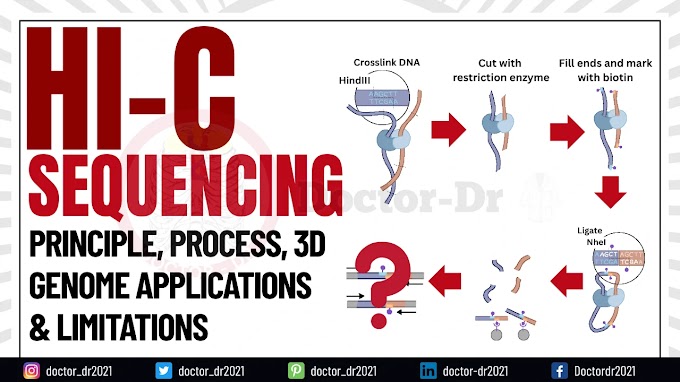Summary:
Trypanosomes, the parasites behind sleeping sickness, Chagas disease, and other animal illnesses, pose significant global health challenges. While diagnosis and treatment remain complex, no effective vaccines exist. Scientists have now characterized a vital protein complex, the nuclear cap-binding complex, which binds to the ends of the parasites' mRNAs and plays a crucial role in their survival. This discovery could pave the way for targeted drug development.
Full Story:
Trypanosomes are parasitic organisms responsible for life-threatening diseases such as Human African Trypanosomiasis (sleeping sickness), Chagas disease, and Nagana in cattle. Despite global efforts, diseases like Chagas still infect millions annually, with no effective vaccines available. Diagnosing and treating these conditions remain difficult, emphasizing the need for novel solutions.
A breakthrough study by the Kowalinski group at EMBL Grenoble has characterized the nuclear cap-binding complex, an essential protein structure in trypanosomes. Published in Nature Communications, this research highlights differences between the trypanosome complex and its human counterpart, offering potential drug targets.
Why It Matters:
Trypanosomes primarily affect regions in the Southern Hemisphere, but climate change could expand their reach, making understanding their biology increasingly urgent.
In eukaryotic organisms like humans and trypanosomes, mRNA carries the genetic instructions for protein production. However, significant differences exist in how mRNA is processed between humans and trypanosomes. Exploiting these differences could lead to parasite-specific treatments, sparing human cells.
Key Findings:
The nuclear cap-binding complex is essential for RNA metabolism in trypanosomes. This complex interacts with mRNA early in its production, guiding it through various processing steps. Unlike the human equivalent, which has two subunits, the trypanosomal complex consists of four subunits.
Using advanced imaging techniques like cryo-electron microscopy (cryo-EM) and small-angle X-ray scattering, researchers uncovered the structure and function of these subunits. They revealed:
- Two distinct lobes in the complex, connected by a flexible protein.
- A hypermodified RNA cap unique to trypanosomes, which interacts with the complex.
- A novel RNA-binding site in one of the previously unknown subunits, which binds double-stranded RNA.
Potential Drug Targets:
The nuclear cap-binding complex’s structural differences from human complexes make it a promising target for parasite-specific drugs. Ongoing research, supported by EMBL and the University of Grenoble Alpes, aims to explore this avenue further.
Broader Implications:
These findings contribute not only to developing treatments for parasitic diseases but also to a deeper understanding of RNA processing in Trypanosoma brucei (T. brucei), a model organism for studying the evolution of eukaryotic life.
Future studies funded by initiatives like the ERC will focus on mRNA processing mechanisms, including trans-splicing, which holds promise for RNA-based therapies in clinical trials.
Conclusion:
By unveiling the unique features of the trypanosomal nuclear cap-binding complex, scientists have laid the groundwork for innovative treatments targeting these parasites. This discovery marks a significant step toward combating neglected tropical diseases and improving global health outcomes.
Reference:
Harald Bernhard, Hana Petržílková, Barbora Popelářová, Kamil Ziemkiewicz, Karolina Bartosik, Marcin Warmiński, Laura Tengo, Henri Gröger, Luciano G. Dolce, Cameron D. Mackereth, Ronald Micura, Jacek Jemielity, Eva Kowalinski. Structural basis of Spliced Leader RNA recognition by the Trypanosoma brucei cap-binding complex. Nature Communications, 2025; 16 (1) DOI: 10.1038/s41467-024-55373-w








